Brand building. It once felt like a luxury restricted to the world’s titanic corporations, didn’t it? Those blue-chip companies, boasting budgets thicker than a sizeable phone book, splashing their trademarks into every conceivable corner of existence. Like attempting to scale Mount Everest, the feat of democratized brand building may have struck you as magnificently unattainable, a terrain reserved only for the Goliaths in your field.
Yet, just as Nepal’s Sherpa communities made the ascent to Everest’s summit accessible for anyone equipped with the right gear and dogged determination, there’s been a very democratised shift in the brand building landscape. Today, we slice through the myth that only Fortune 500s can carve their names in the minds of consumers.
Welcome to the thrilling new era where every company, regardless of size or stability, can cultivate a brand that towers over the competition. Hold tight, we’re about to reveal why the winds of brand building have changed course and how this evolution is a game-changer for businesses of all scales.
Understanding Democratized Brand Building: A New Era for Businesses
- Grasping the bedrock of democratized brand building
- Identifying how brand building shifted from a reserved practice to a democratized phenomenon
- Unfolding the role of technology in democratized brand building
Definition and Concept of Democratized Brand Building
Democratized brand building is an emerging phenomenon empowering individuals and companies, regardless of size, to construct and curate their brand’s identity.
It eases the passage for small businesses and startups leapfrogging traditional barriers. This process is about equalizing brand-building opportunities by making resources, generally earmarked for large companies, accessible to everyone. Democratized brand building, built on the pillars of transparency and accessibility, promotes:
- Competition
- Innovation
- Diversity
The democratized branding wave, more potent than ever, equips entrepreneurs with essential tools to communicate their vision, values, and create a distinct brand territory in the noise-filled market landscape.
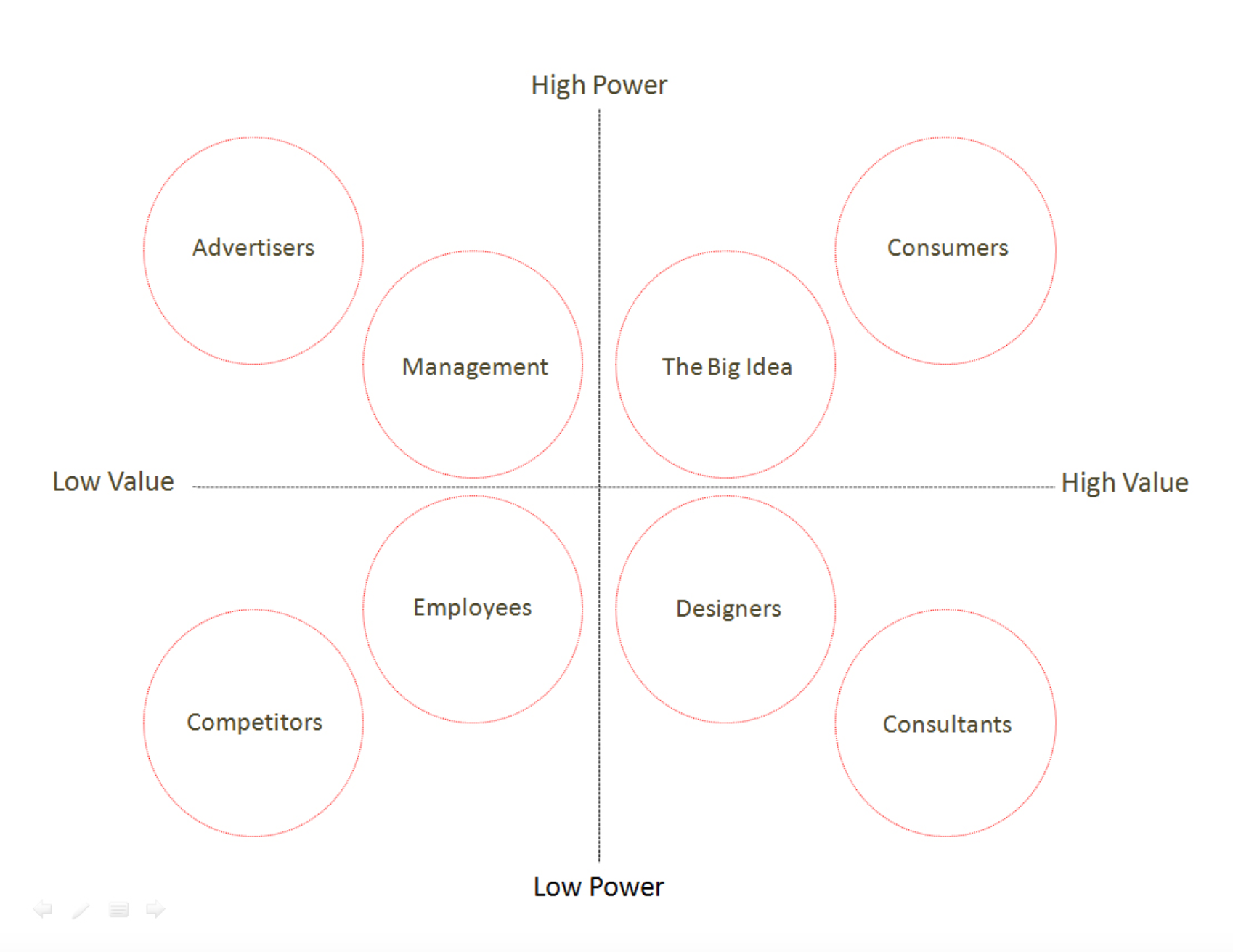
The Shift from Traditional to Democratized Brand Building
Evolved market dynamics are revolutionising the brand building landscape. Traditionally, brand building was a luxury restricted to sizeable companies with substantial budgets and market-standing. The archaic model heavily relied on colossal ad spends and extensive market research.
However, brand building role and practice are now universally accessible, forging a paradigm shift. The most significant contributors to this transition are:
- Accessibility
- Affordability of brand-building tools
- The indefinite power of storytelling
Small businesses today, are not just participating in the marketplace, but staging revolutions and winning hearts.
The democratization wave has liberated brand-building from being punctuated by capital and has made it an open sport for creative minds with compelling narratives. Today every business, irrespective of its size, has the bandwidth to be seen, heard and chosen.
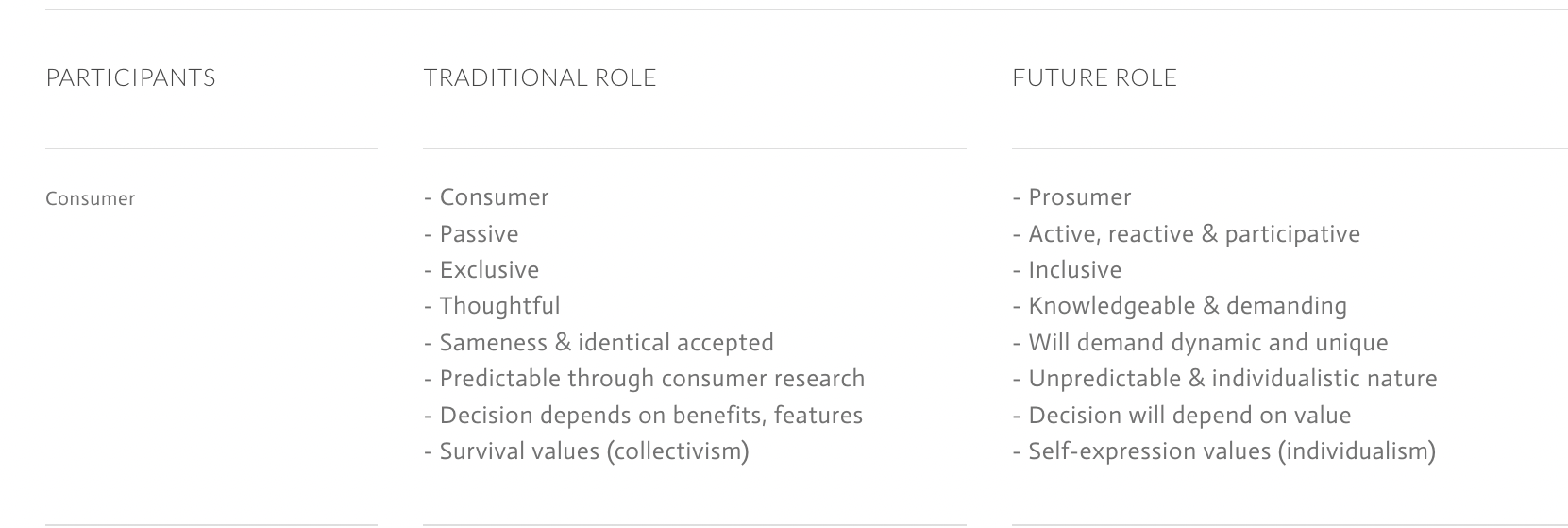
The Role of Technology in Democratized Brand Building
Technology has played an instrumental role in democratized brand building. The breakthroughs in powerful platforms like social media, search engines, and content marketing automation tools have waived off gatekeepers and have turned the tables in favor of SMB’s.
Technology is empowering small businesses and startups with tools that were once considered playthings for Fortune 500 companies. For instance, with budget-friendly digital marketing tools, brands are:
- Segmenting the market
- Effectively targeting their audience
- Monitoring their campaigns in real-time
The advent of AI-based tools is projecting the less-heard into limelight by smartly managing their budgets, improving the efficiency of their campaigns, and aligning them with emerging trends and consumer behavior.
Thus, technology is the propelling force harnessing and manifesting the real essence of democratized brand building.
The Power of Social Media in Democratized Brand Building
- Social media platforms have leveled the playing field for brand building
- Evidence shows how brands can triumph through strategic use of social media
- Tips on how to harness social media to elevate your brand.
How Social Media Platforms Have Democratized Brand Building
The digital era offers a tangible yet less capitalized business opportunity – democratized brand building. Social media has emerged as the great equalizer in the corporate world. No longer do companies need multimillion-dollar marketing budgets to attain market presence.
Graspable tools unlock the potential for brand visibility and customer engagement, like:
- Facebook: This platform provides the opportunity for influencer marketing and user generated content, allowing businesses to showcase their true value.
- LinkedIn: The professional environment created on this app allows B2B businesses to establish clear, authoritative voices in their respective spaces.
- Twitter: This tool’s character limit, lets brands express themselves concisely, encouraging brevity and wit.
- Instagram: The platform’s heavy focus on image sharing pushes brands to develop an aesthetic that resonates with their target audience.
With the features these platforms provide, any company, big or small, can carve out a unique identity and build brand equity in the noisy marketplace.
Virtual influencer marketing, user-generated content, and community building through social media campaigns all embody how digital platforms democratize the brand-building process. This leads to the strategic shift from monologue to dialogue, placing customers at the forefront, and creating value together.
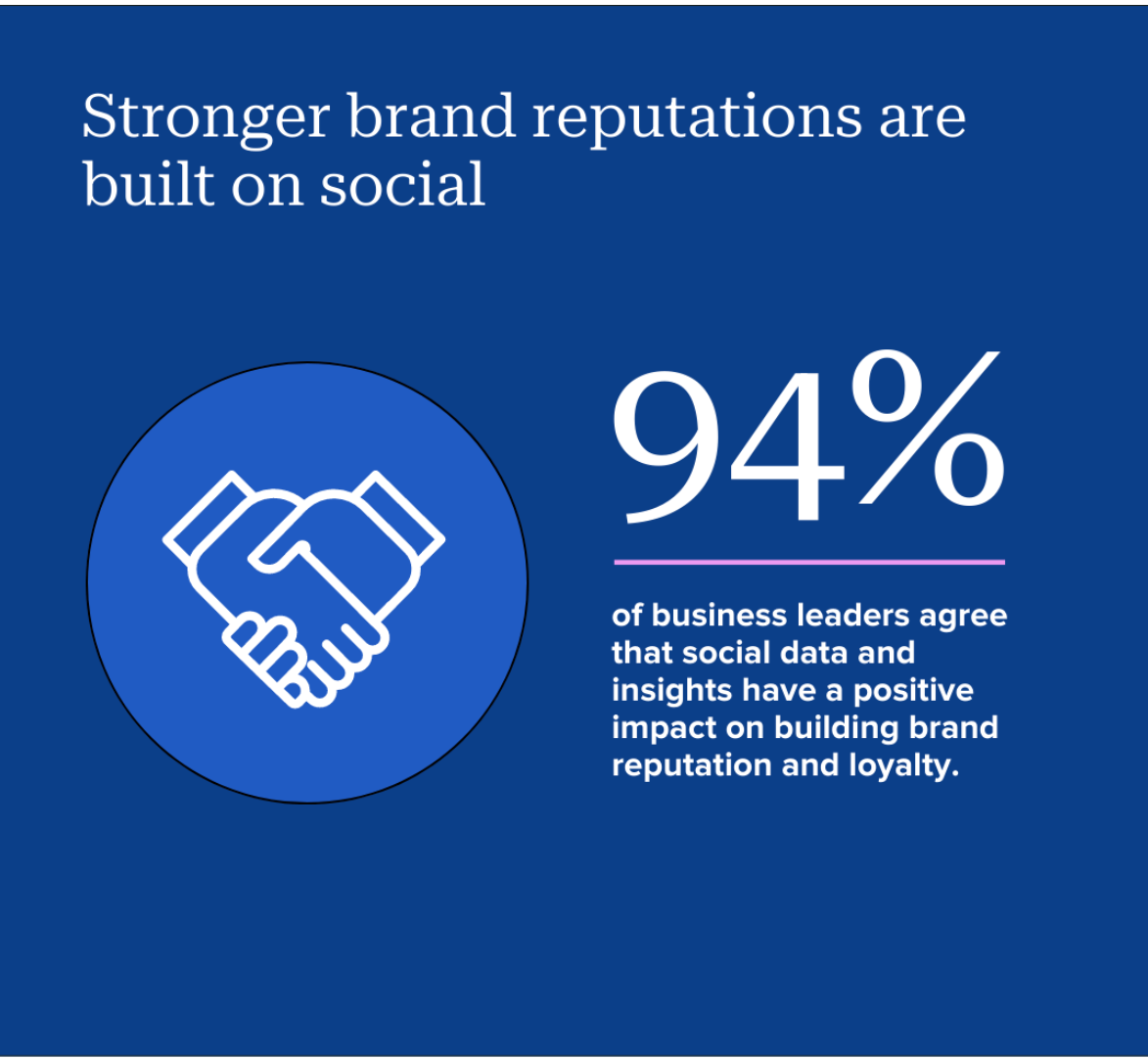
Case Studies of Successful Brand Building Through Social Media
One can’t talk about successful social media branding without mentioning Glossier. A beauty brand developed directly from a beauty blog, Glossier leveraged social media to generate hype and engage directly with customers before launching its initial product line.
Its success, largely attributed to its vibrant presence on Instagram, has demonstrated that strategic social media use can catapult a brand into the spotlight.
Another example is Innocent Drinks. Their lighthearted and cheeky Twitter presence has helped them distinguish themselves among a sea of brands. Their tone of humor and warmth cuts through the formalities of conventional marketing.
As these cases underline, social media’s power lies in its ability to forge a direct, personal connection between companies and their audience. This relation isn’t confined within product releases or sales pitches; instead, it’s about:
- Generating dialogue
- Fostering community
- Cultivating the brand’s unique personality in a marketplace that values authenticity
Tips for Leveraging Social Media for Brand Building
Harnessing social media’s power for brand building requires a deliberate strategy, emphasized by these key points:
- Establish your brand voice: In a sea of content, a distinctive voice is your ticket to getting heard. Whether informative, witty, inspirational, or empathetic, remain consistent to foster recognition and reliability.
- Engage with your followers: Social media is bilateral; it thrives on interaction. Likes, shares, comments – they all count. Respond to comments, hold Q&A sessions, like mentions, and watch your brand’s visibility grow organically.
- Create shareable content: This not only increases your reach but also adds credibility as your followers essentially become your brand ambassadors.
- Track and analyze: Use social media insights to understand what works for your audience, modify your strategies, or reinforce successful practices.
In essence, social media offers a formidable tool for democratized brand building. By understanding the dynamics of various platforms, tailoring a unique brand voice and message, and maintaining an active, engaged community, businesses can successfully build and promote their brands, regardless of size or budget.

Brand Democratization Strategies: Making Your Brand Accessible
- The availability of your brand to consumers greatly impacts its success rate in a democratized market.
- Effective accessibility schemes hold the power to transform your brand into a household name.
- An assortment of companies have garnered massive success via implementing such strategies.
The Role of Brand Accessibility in Democratized Brand Building
To effectively tap into the power of democratized brand building, your brand needs to be eminently accessible. It’s not just about having an online presence; it’s about ensuring that presence is meaningful and reachable to your target audience.
Though democratized brand building seems a pervasive practice in larger firms, it’s not a domain they monopolise. One could argue that smaller brands are, indeed, more manoeuvrable in adapting to new social media trends and implementing strategies that ensure their accessibility on platforms.
Medium-sized companies have been seen building brand communities online, providing real-time feedback to customers, and significantly improving engagement. All of this is achieved by prioritising accessibility.
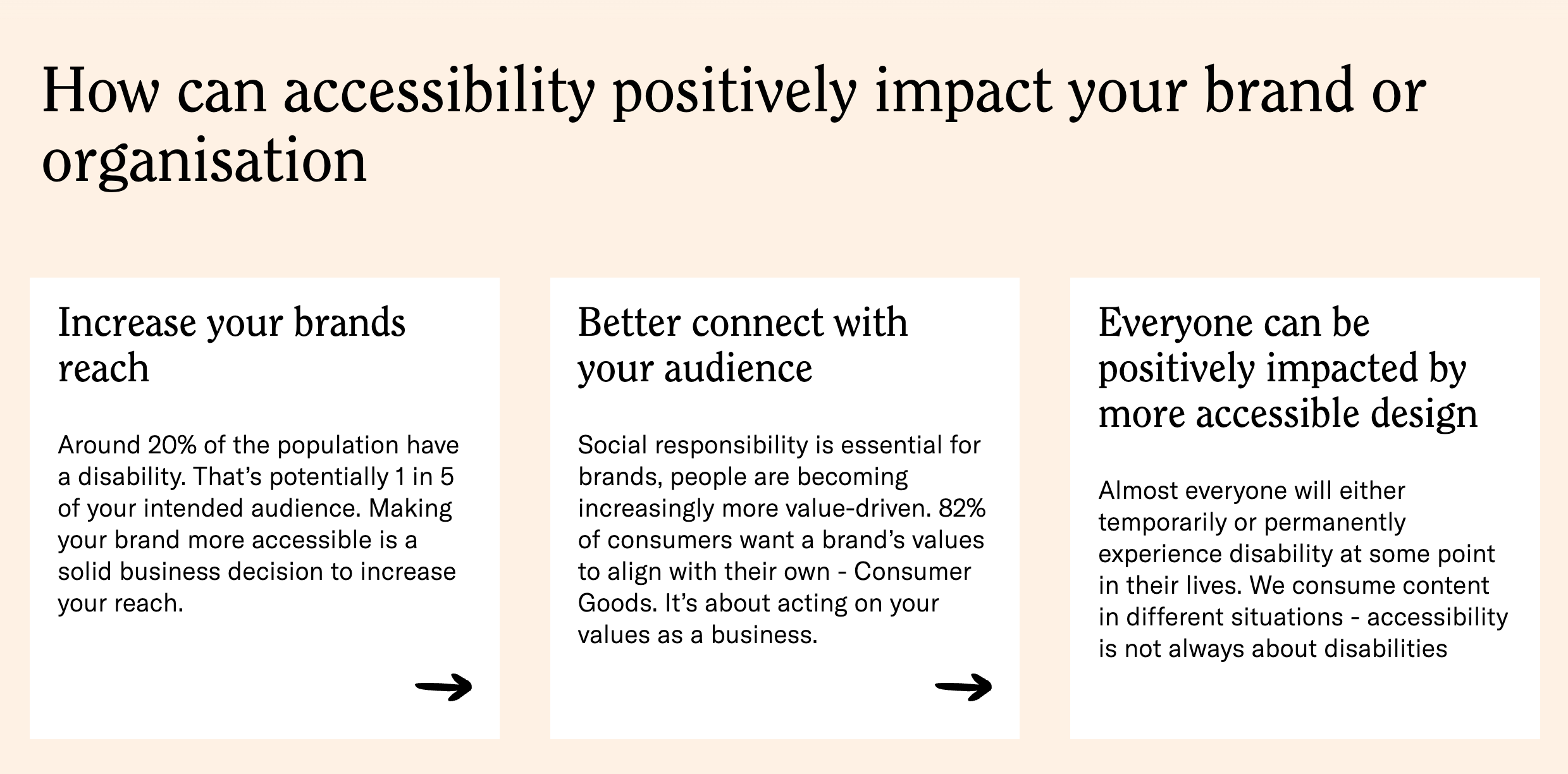
Techniques to Amplify Your Brand’s Accessibility
Making your brand accessible to everyone, everywhere, at all times seems an intimidating task. Fret not. Several effective strategies can make this an achievable goal for your brand:
- Optimize your website: This is the starting point of brand accessibility. Ensure that it is not only visually appealing and informative but also user-friendly. Cater to your customers’ needs by offering features like language translation or disability assistance.
- Social media use: Be visible where your consumers are. Craft engaging content across diverse platforms, respond to customer queries, establish a consistent brand voice, and promote your values.
- Inclusive marketing: ACCOUNT FOR EVERYONE. Inclusivity goes beyond race and gender. It includes age, location, economic status, and physical abilities. Left out audiences are lost opportunities.
Successful Examples of Democratized Brands
In the realm of democratized brand building, numerous companies have etched their success stories. One of these is Warby Parker.
This eyewear brand utilised the power of social media and a customer-friendly website to disrupt the market. They offered affordable, fashionable spectacles with a simple home try-on option. Their unique approach led to a booming online business and even expansion into brick-and-mortar stores.
This case study not only underscores the effectiveness of democratizing brand building but also offers a roadmap to small and medium-sized companies endeavoring to expand their footprints in the market. Be it marketing gimmicks or customer service par excellence – accessibility is the common thread in every success story.

The Impact of the Sharing Economy on Branding
TL;DR
- Grasp the subset of the economy that the sharing model represents and its effect on branding.
- Uncover how flattening economic structures have evened the branding playing field.
- Tactics you can adopt to amplify your brand in the sharing economy.
Understanding the Sharing Economy and Its Relation to Branding
The sharing economy is a socio-economic ecosystem that takes the form of connecting suppliers and consumers in ways that bypass traditional middlemen. It’s typified by brands such as Airbnb, Uber, and TaskRabbit.
Brands in this space have honed their identities around elements that are revered in today’s market, like:
- Community
- Convenience
- Flexibility
If you are navigating your brand through this ecosystem, it’s valuable to understand the nuances that differentiate it from traditional economies. The sharing economy has an undeniable influence on branding, often shaking up industries, consumer expectations, and brand relationships.
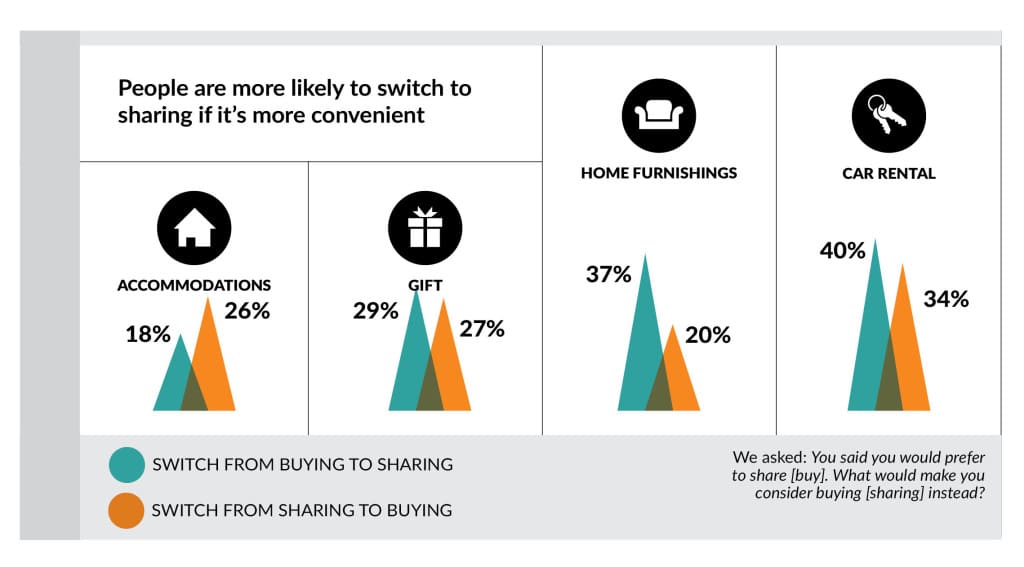
Strategies for Leveraging the Sharing Economy for Brand Building
Optimizing your branding in the sharing economy involves strategies that differ from the traditional norms. Think of your brand not just as a logo or set of guidelines, but as all the lived experiences consumers have with your product or service. It’s about creating a meaningful narrative that resonates with your target audience, establishes trust, and invites involvement. To do this, try the following:
- Prioritize user-generated content (UGC): It’s an effective way to turn customers into advocates and generate organic growth.
- Consistently deliver quality service: This is crucial as sharing economy users rely heavily on reviews and recommendations. A reputation for excellent service can significantly boost your brand’s credibility.
- Align your brand strategy with the core pillars of the sharing economy: flexibility, convenience, and community. Incorporating these into your brand essence can help you stand out in this vibrant and competitive ecosystem.
With an understanding of the sharing economy, the pathways to brand democratization it provides, and strategies crucial for fostering brand growth within this space, you are well-equipped to build and bolster your brand in today’s shifting economy.

Building Brand Equity in a Democratized Market
- Beneficial insights into the concept of brand equity within a democratized brand building context
- Efficient strategies to build brand equity within such markets
- Real-life examples of successful brand equity building in a democratized market
Understanding Brand Equity and Its Importance in Democratized Brand Building
Brand value hinges on brand equity – the commercial value derived from consumer perception of your brand name, instead of the product or service itself.
Think of household names like Apple or Nike, whose brands alone command premium prices. In democratized brand building, brand equity represents a powerful tool for securing customer loyalty and competitive edge.
Since consumer-centered platforms offer equal access to resources, a strong brand image becomes a significant differentiator.
Strategies for Building Brand Equity in a Democratized Market
Just flinging your brand into the crowded digital marketplace isn’t sufficient – curating a strong brand image requires strategy. The democratized brand building process encapsulates four essential pillars:
- Brand Awareness: This strategy underscores visibility. Within the digital labyrinth, what makes your brand unmissable? Innovative marketing campaigns, regular social media interaction, and impactful presence on online platforms can heighten your brand’s awareness.
- Perceived Quality: Beyond your product or service, your brand’s perceived quality impacts customer decisions. Every touchpoint – website ease, customer service responsiveness, social media interaction quality – influences this perception.
- Brand Associations: What values does your brand evoke? Links to societal issues, niche trends, or emotional triggers foster strong associations that boost your brand equity.
- Brand Loyalty: The eventual aim is a loyal customer base who choose you over others. Regular engagement, rewards, or exclusive experiences can fortify this loyalty.
Case Studies of Brands that Successfully Built Brand Equity in a Democratized Market
Succinct strategy is one thing, real-life execution another. Brands like Warby Parker and Dollar Shave Club are prime examples of democratized market victors.
Dollar Shave Club’s success lay in tackling a ubiquitous problem – overpriced razors. Combining humorous marketing and a subscription model, they reshaped established razors market and built a brand beloved by millions.
Most successful brands didn’t have massive funds or exhaustive resources. They had compelling brand stories, unique value propositions, and an understanding of their audiences, showcasing the power of brand equity in a democratized market.
Small is the New Big: Capturing the Power of Democratized Brand Building
The emergence of democratized brand building has truly levelled the playground for all businesses, regardless of size. The power once exclusive to larger companies has been broken down, enabling everyone to build a recognizable identity and flourish.
The importance of a robust online presence, the rise of social media as a marketing platform and the accessibility of digital design tools – these are the key forces behind this shift. Therefore every business should leverage these to build a strong brand image.
With this newfound knowledge, it’s time to roll up your sleeves and dive into crafting a striking brand that best resonates with your target audience. Get creative with your online presence, make the most out of social media, and utilize digital design tools to convey your story effectively.
So, how will you reshape your branding strategy to navigate through this democratic revolution?
Remember, a successful brand does not only mean a beautiful logo or a catchy tagline, it’s an expression of your company’s core principles, its mission, and the value it brings to its customers. Therefore, no matter how small your business is, don’t underestimate the power of a well-defined brand.
Stay small, think big, build bold!

